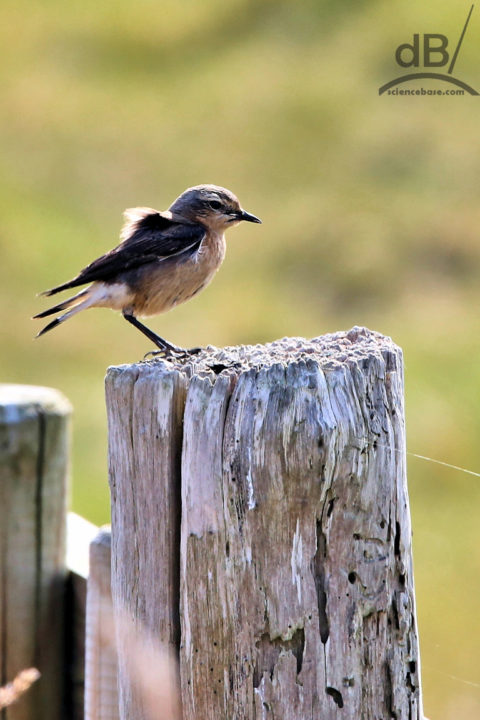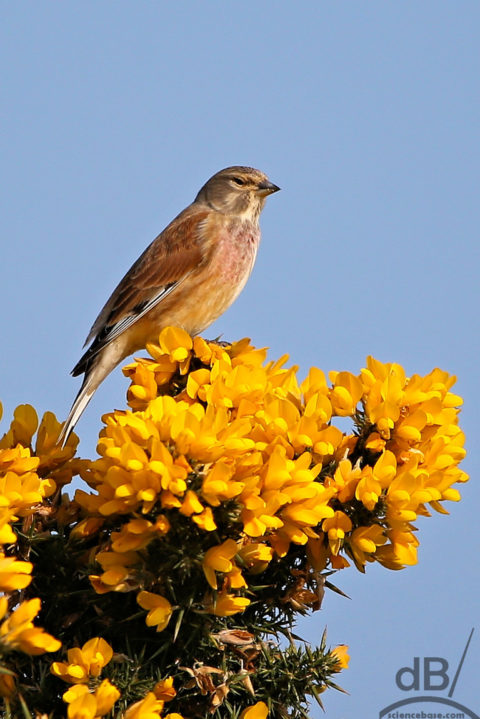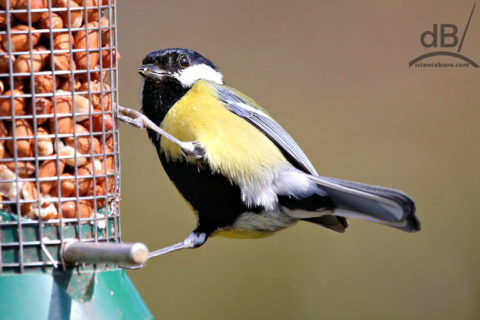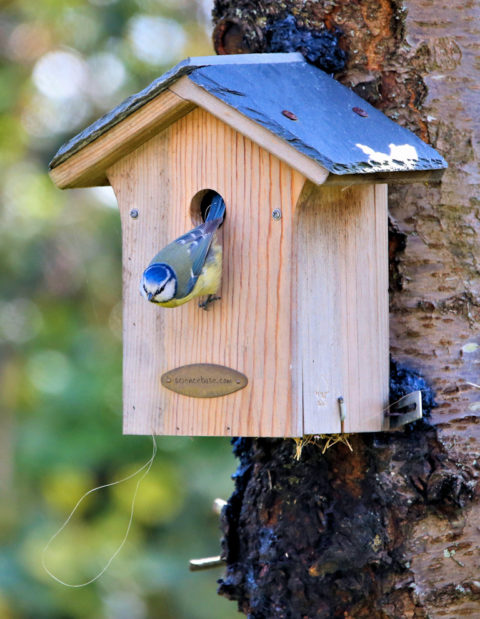The Church of England, more specifically, one of its bishops complained earlier this week about how Cadbury (manufacturer of Easter eggs etc) and the UK’s National Trust (planning to run egg hunts on its properties) had dropped the word Easter and that was tantamount to spitting in the face of the founder of Cadbury and a slur against Christianity. Our Prime Minister took time out from her busy schedule in the Middle East to back the bishop on this. Neither of them had checked whether this dropping of Easter was anything but fake news. Moreover, a similar story circulated in 2016 and was debunked then too.

Of course, it was all great free publicity for Cadbury and the National Trust, but it’s worth pointing out that the bishop was in the wrong. Neither Cadbury nor the NT had dropped the word Easter from their marketing of the events, it was there plain as day from the first poster to the first tweet.
Of course, Cadbury was a Quaker and didn’t celebrate Easter at all and for those who say he’d be spinning in his grave, they’re wrong too…he was cremated.
Meanwhile, the notion of fake Easter news isn’t at all new, it goes back centuries. Theories abound that Easter was originally a pagan spring festival named for an Anglo-Saxon goddess Eostre and that it was simply misappropriated by the Christian patriarchy. Well, that’s fake news.
According to Richard Sermon, the Archaeological Officer for Bath and North East Somerset, who has a long-standing interest in both historical linguistics and English folklore, writing some time ago in the The Journal of Archaeology, Consciousness and Culture (2008, 1(3), 331-334; DOI: 10.2752/175169708X329372) the connection may have been speculation on the part of the 7th-8th century monk we know as “The Venerable Bede”.
In Bede’s time, the ‘Month of ostre’) translated as “Paschal month” and corresponded to April, and Bede claimed that it was a month of feasting and celebration to honour the goddess. There is no evidence of this, Sermon suggests.
In most European languages the name of the Christian festival of the Resurrection is derived from the Hebrew word Pesach (Jewish Passover). In English and German, the festival is called Easter and Ostern, respectively. The etymology was that Ostern derived from the name of the Anglo-Saxon goddess which then became Easter when it reached the British Isles.
However, says Sermon, it was most likely the other way around. Much of Germany was not converted to Christianity until the arrival of Anglo-Saxon missionary St Boniface who lived from 673 to 754 AD and was probably born in Devon/Wessex. It is likely that he took the Old English name for the Christian festival Eastron with him and it then evolved into the modern German word for Easter over the centuries.
“This would explain the first appearance of Ostarun in the Abrogans, a late eighth-century Old High German glossary, and does not require any complex linguistic arguments or the existence of a Germanic goddess Ostara,” says Sermon.





